polymer pressure Learn more about polymer pressure
-
Advantages and disadvantages of low-caffeine beans story Starbucks low-caffeine coffee content low-caffeine coffee treatment method to remove caffeine
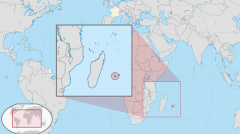
For more information on coffee beans, please follow the origin and development of low-caffeine and low-caffeine coffee in coffee workshop (Wechat official account cafe_style): why are all Swiss water-treated decaf coffees sold? At present, the common methods to remove caffeine are the use of organic solvents and the use of components.
2021-11-15 Caffeine coffee advantages disadvantages Buck low caffeine how to remove professional -
Can decaffeinated coffee refresh you? how to drink decaf beans? how to make decaf?
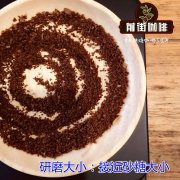
Professional coffee knowledge exchange more coffee bean information please follow the coffee workshop (Wechat official account cafe_style) want to avoid consuming too much caffeine, but also want to taste the flavor of coffee, there are several common ways to remove caffeine, in fact, not completely non-caffeinated, just a very small amount, the content < 2.5% can be called low-caffeinated coffee beans, the following is the production of low-caffeinated coffee beans
2018-08-25 Caffeine coffee refreshing low caffeine coffee beans how professional knowledge pay -
How to solve the semi-automatic coffee machine with too much water in Nova coffee?
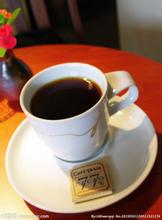
Nova coffee rehydration too much how to solve semi-automatic coffee machine the latest commercial semi-automatic coffee machine, professional operating devices and filter components are suitable for the same series of machines, hot water and steam respectively circulation built-in flow counting pump built-in electricity boiler water level tester boiler and water pump pressure detector body composed of steel and technical polymer mixed spray-painted frame
2016-12-19 Nova coffee hydration too much how to solve semi-automatic coffee machine -
[introduction to hand-brewing coffee] how to judge: is hand-brewing coffee a gimmick?
![[introduction to hand-brewing coffee] how to judge: is hand-brewing coffee a gimmick?](https://world.gafei.com/uploads/allimg/171222/3-1G2221F0261R-lp.jpg)
At the beginning, some people are interested in making coffee, and there is more than one, which is really gratifying. But after they are interested, they often ask how to rush, which bothers me, because I don't seem to be able to explain it for three or five minutes. Share the knowledge I have learned when I am free. If there is anything wrong, I hope all the experts will come back more often.
2017-12-22 Hand brewing coffee introduction how judge isn't it gimmick -
Introduction to hand-brewed coffee _ how to drink hand-brewed coffee beans _ how to appropriately extract hand-brewed coffee beans

Professional coffee knowledge exchange more coffee bean information Please follow the coffee workshop (Wechat official account cafe_style) hand coffee, in fact, the degree of arbitrariness is very high, if you have basic common sense, water control and a certain degree of stability, then the rest may just be a matter of preference. In other words, each family has its own advantages. So
2018-08-27 Hand brewing coffee introduction coffee beans how moderation extraction -
Introduction to hand-brewed coffee: how to understand the ratio of gouache to powder and the brewing time of hand-brewed coffee?
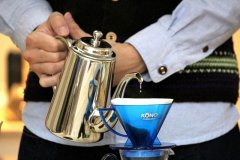
Professional coffee knowledge exchange more coffee bean information please follow the coffee workshop (Wechat official account cafe_style) hand-brewed coffee steaming and water filling methods hand-brewed coffee water temperature and powder data some people are beginning to be interested in brewing coffee, and there is more than one cup of coffee, which is really gratifying. But after they are interested, they often ask how to rush, which bothers me, because three or five points
2018-02-01 Hand brewing coffee introduction gouache proportion brewing time how understanding -
How does the sour and bitter in coffee come from?

Many thermal and chemical reactions take place during baking: decarbonation, dehydration of quinic acid, subdivision, isomerization, polymerization, and complex sugar reactions (caramelization).
2014-08-25 Coffee knowledge sour coffee bitter coffee why coffee is bitter -
Basic chemical reactions that occur during coffee roasting

Many thermal and chemical reactions take place during baking: decarbonation, dehydration of quinic acid, fragmentation, isomerization, polymerization, and complex sugar reactions (caramelization). The main thermally reactive components are monosaccharides and sucrose, chlorogenic acid, displaced amino acids, and trigonelline amide. Both aravinone and calactose in polysaccharides are transferred, and basic sulfurization contains hydroxyamino acids.
2014-08-20 Coffee knowledge Coffee roasting Chemical changes Coffee encyclopedia -
The basic chemical reaction of coffee roasting process

Many thermal and chemical reactions take place during baking: decarbonation, dehydration of quinic acid, subdivision, isomerization, polymerization, and complex sugar reactions (caramelization). The main components of the thermal reaction are monosaccharides and sucrose, chlorogenic acid, free amino acids, and fenugreek amide. Both aravinose and calactose in the polysaccharides are transferred, and the basic vulcanization contains hydroxylated amino acid.
2014-08-15 Coffee knowledge coffee roasting process baking chemical reaction -
The basic chemical reaction that takes place during coffee roasting.

Many thermal and chemical reactions take place during baking: decarbonation, dehydration of quinic acid, subdivision, isomerization, polymerization, and complex sugar reactions (caramelization). The main components of the thermal reaction are monosaccharides and sucrose, chlorogenic acid, free amino acids, and fenugreek amide. Both aravinose and calactose in the polysaccharides are transferred, and the basic vulcanization process includes hydroxylamine.
2014-11-22 Coffee knowledge coffee common sense coffee roasting chemical reaction -
The basic chemical reactions that take place during coffee roasting

Many thermal and chemical reactions take place during baking: decarbonation, dehydration of quinic acid, subdivision, isomerization, polymerization, and complex sugar reactions (caramelization). The main components of the thermal reaction are monosaccharides and sucrose, chlorogenic acid, free amino acids, and fenugreek amide. Both aravinose and calactose in the polysaccharides are transferred, and the basic vulcanization process includes hydroxylamine.
2015-10-15 Coffee roasting process medium hair raw basic chemical reaction -
Basic chemical reactions of coffee beans during coffee roasting
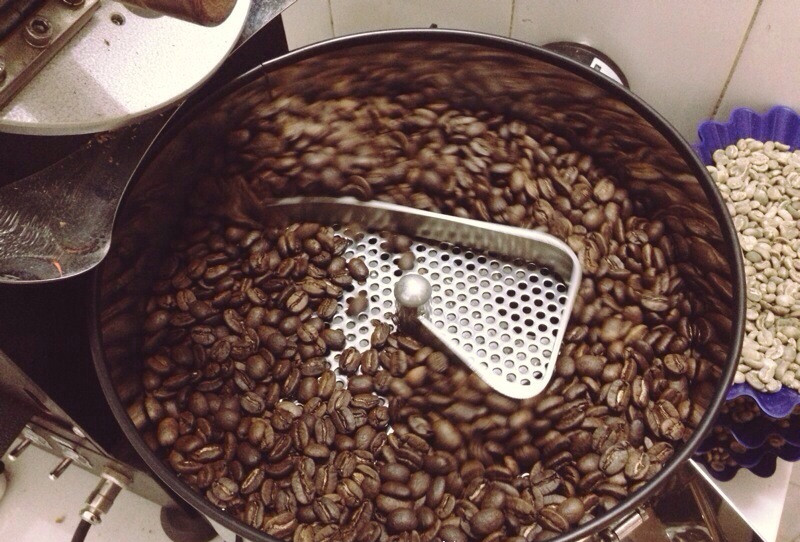
Many thermal and chemical reactions take place during baking: decarbonation, dehydration of quinic acid, subdivision, isomerization, polymerization, and complex sugar reactions (caramelization). The main components of the thermal reaction are monosaccharides and sucrose, chlorogenic acid, free amino acids, and fenugreek amide. Both aravinose and calactose in the polysaccharides are transferred, and the basic vulcanization process includes hydroxylamine.
2015-03-16 Coffee roasting process coffee beans raw basic chemical reaction -
The basic chemical reactions that take place during coffee roasting
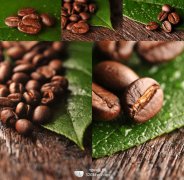
Many thermal and chemical reactions take place during baking: decarbonation, dehydration of quinic acid, subdivision, isomerization, polymerization, and complex sugar reactions (caramelization). The main components of the thermal reaction are monosaccharides and sucrose, chlorogenic acid, free amino acids, and fenugreek amide. Both aravinose and calactose in the polysaccharides are transferred, and the basic vulcanization process includes hydroxylamine.
2014-08-21 Coffee roasting process medium hair raw basic chemical reaction -
The basic chemical reactions that take place during coffee roasting.
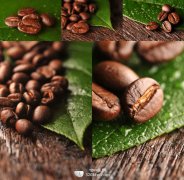
Many thermal and chemical reactions take place during baking: decarbonation, dehydration of quinic acid, subdivision, isomerization, polymerization, and complex sugar reactions (caramelization). The main components of the thermal reaction are monosaccharides and sucrose, chlorogenic acid, free amino acids, and fenugreek amide. Both aravinose and calactose in the polysaccharides are transferred, and the basic vulcanization process includes hydroxylamine.
2015-01-08 Coffee common sense baking process medium hair raw basic chemical reaction passing -
The basic chemical reaction of coffee technology in the process of coffee roasting

Many thermal and chemical reactions take place during baking: decarbonation, dehydration of quinic acid, subdivision, isomerization, polymerization, and complex sugar reactions (caramelization). The main components of the thermal reaction are monosaccharides and sucrose, chlorogenic acid, free amino acids, and fenugreek amide. Both aravinose and calactose in the polysaccharides are transferred, and the basic vulcanization process includes hydroxylamine.
2014-10-09 Coffee knowledge coffee technology coffee roasting baking chemical reaction -
The basic chemical reaction that takes place during coffee roasting.
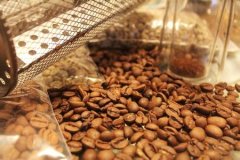
Basic chemical reactions that occur during coffee roasting author: Carl Staub originates from the SCAA baking color classification system, developed by Agtron SCAA 1995 original text from: http://www.sweetmarias.com/roast.carlstaub.html translation: Grant, http://www.baristacn.com/forum/thread-1583-1-1.html in the roasting process
2015-04-16 Coffee roasting process medium hair raw basic chemical reaction -
Key points of coffee roasting techniques: basic chemical reactions that take place during coffee roasting
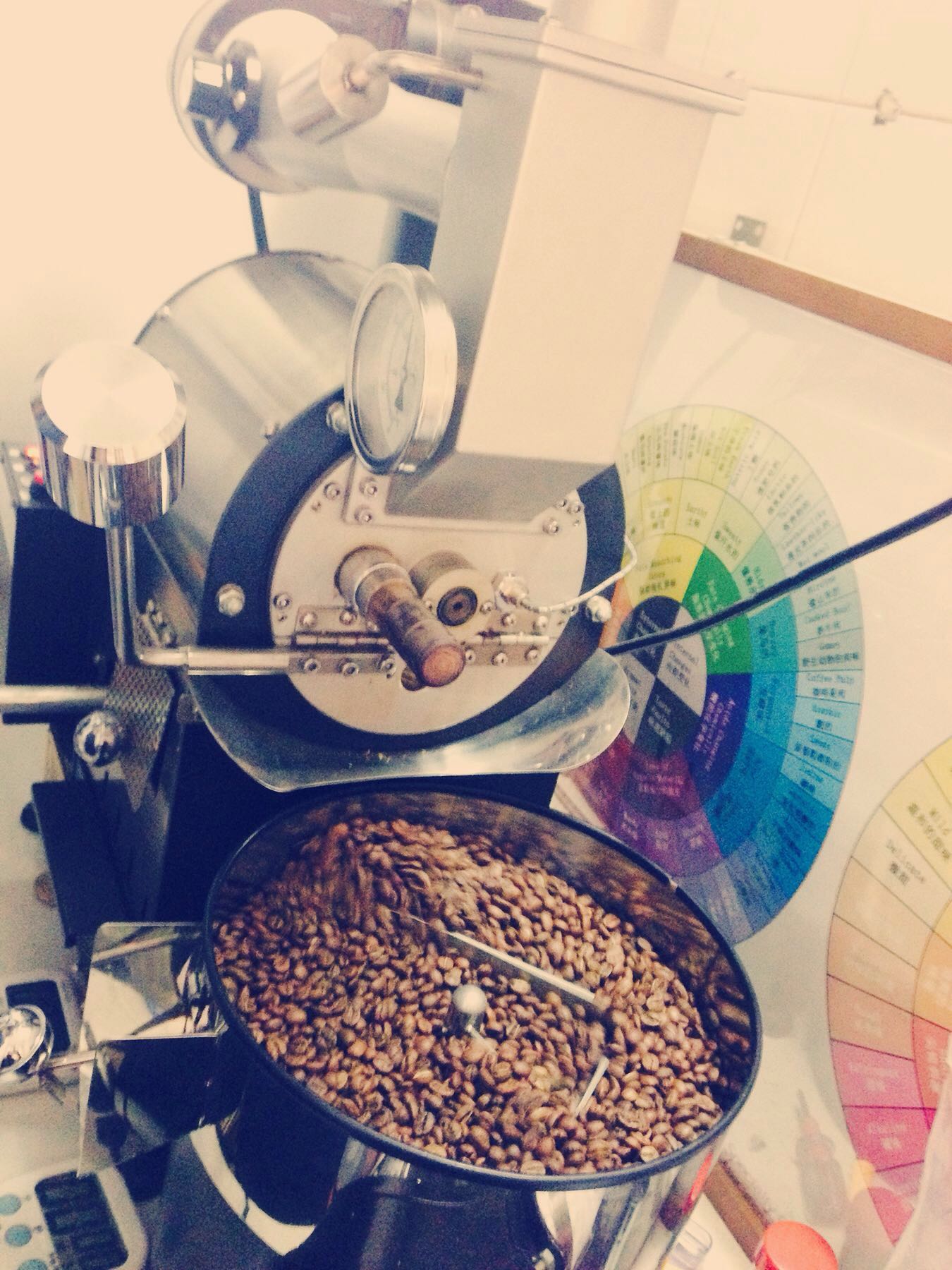
Basic chemical reactions that occur during coffee roasting author: Carl Staub originates from the SCAA baking color classification system, developed by Agtron SCAA 1995 original text from: http://www.sweetmarias.com/roast.carlstaub.html translation: Grant, http://www.baristacn.com/forum/thread-1583-1-1.html in the roasting process
2015-12-16 Coffee roasting techniques key points process medium hair raw basic chemical reaction -
The basic chemical reaction that occurs during coffee roasting. The ingredients produced by the degree of coffee roasting.
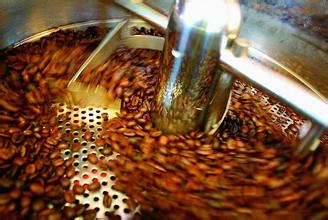
Basic chemical reactions that occur during coffee roasting author: Carl Staub originates from the SCAA baking color classification system, developed by Agtron SCAA 1995 original text from: http://www.sweetmarias.com/roast.carlstaub.html translation: Grant, http://www.baristacn.com/forum/thread-1583-1-1.html in the roasting process
2016-01-23 Coffee roasting process medium hair raw basic chemical reaction degree produced made -
The basic Chemical reaction of Coffee Baking process

Original: Basic Chemical Reactions Occurring in the Roasting Process by Carl Staub sourced from the SCAA Roast Color Classification System developed by Agtron-SCAA in 1995 Many thermal and chemical reactions occur during the roasting proces
2015-01-27 Coffee roasting process basic Chemical reaction Chinese-English Bilingual Translation original B -
Basic chemical reactions in the roasting process of coffee in both Chinese and English
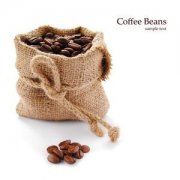
Original: Basic Chemical Reactions Occurring in the Roasting Process by Carl Staub sourced from the SCAA Roast Color Classification System developed by Agtron-SCAA in 1995 Many thermal and chemical reactions occur during the roasting proces
2015-04-14 Coffee roasting process basic chemical reaction Chinese-English bilingual
